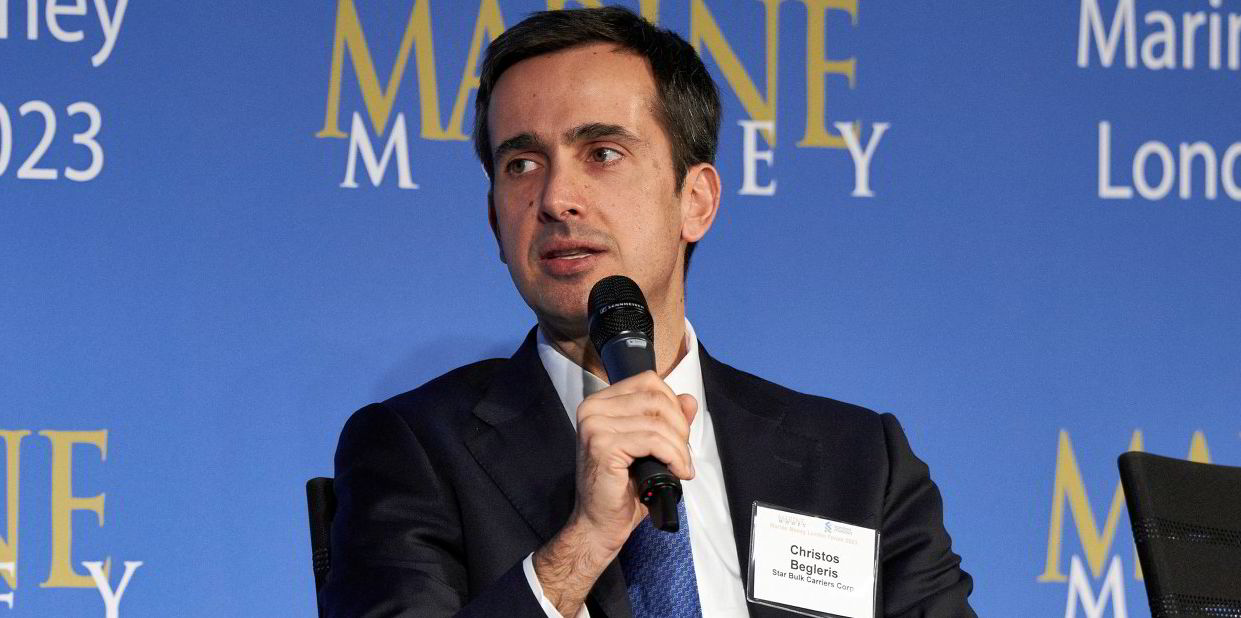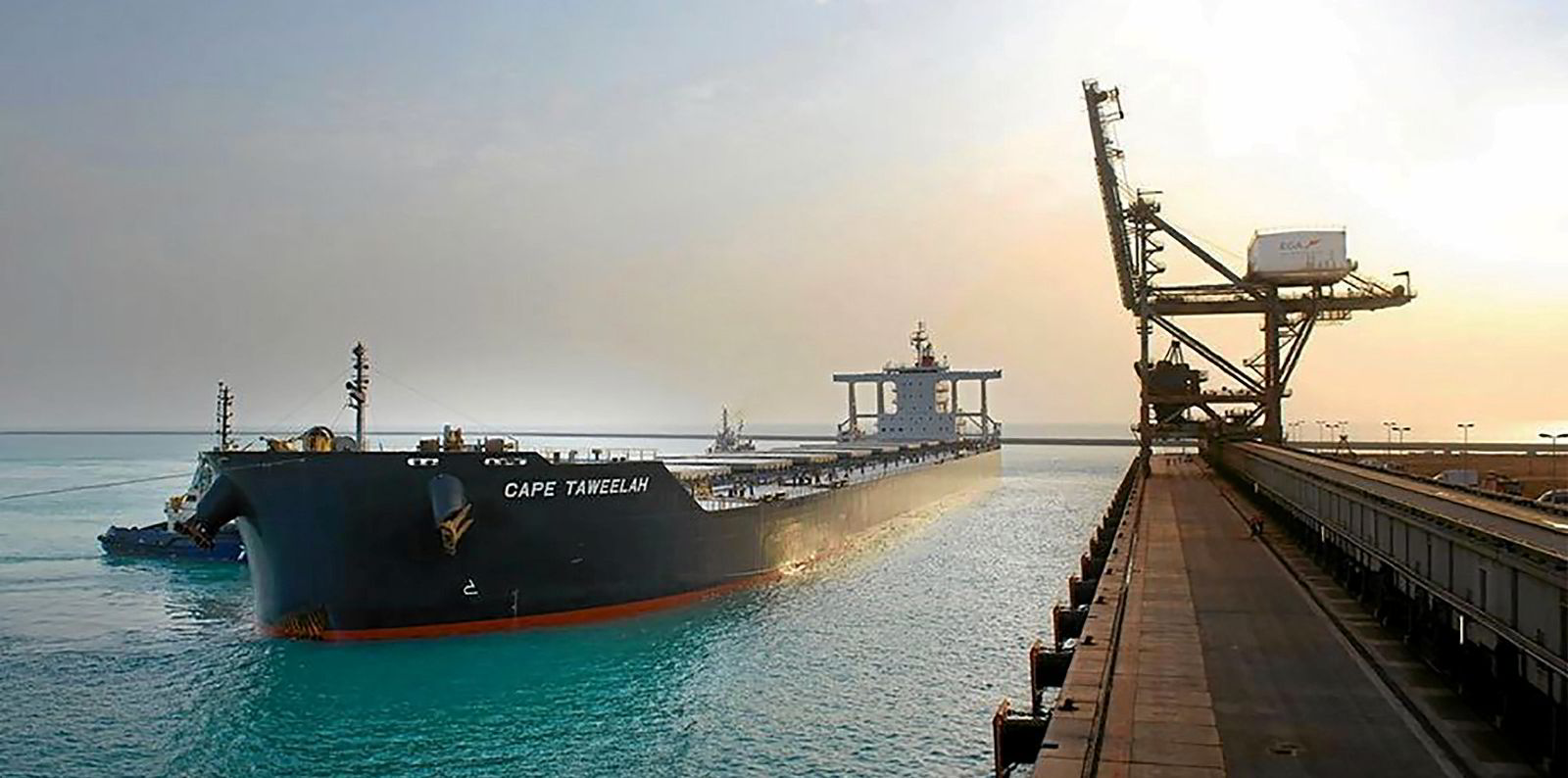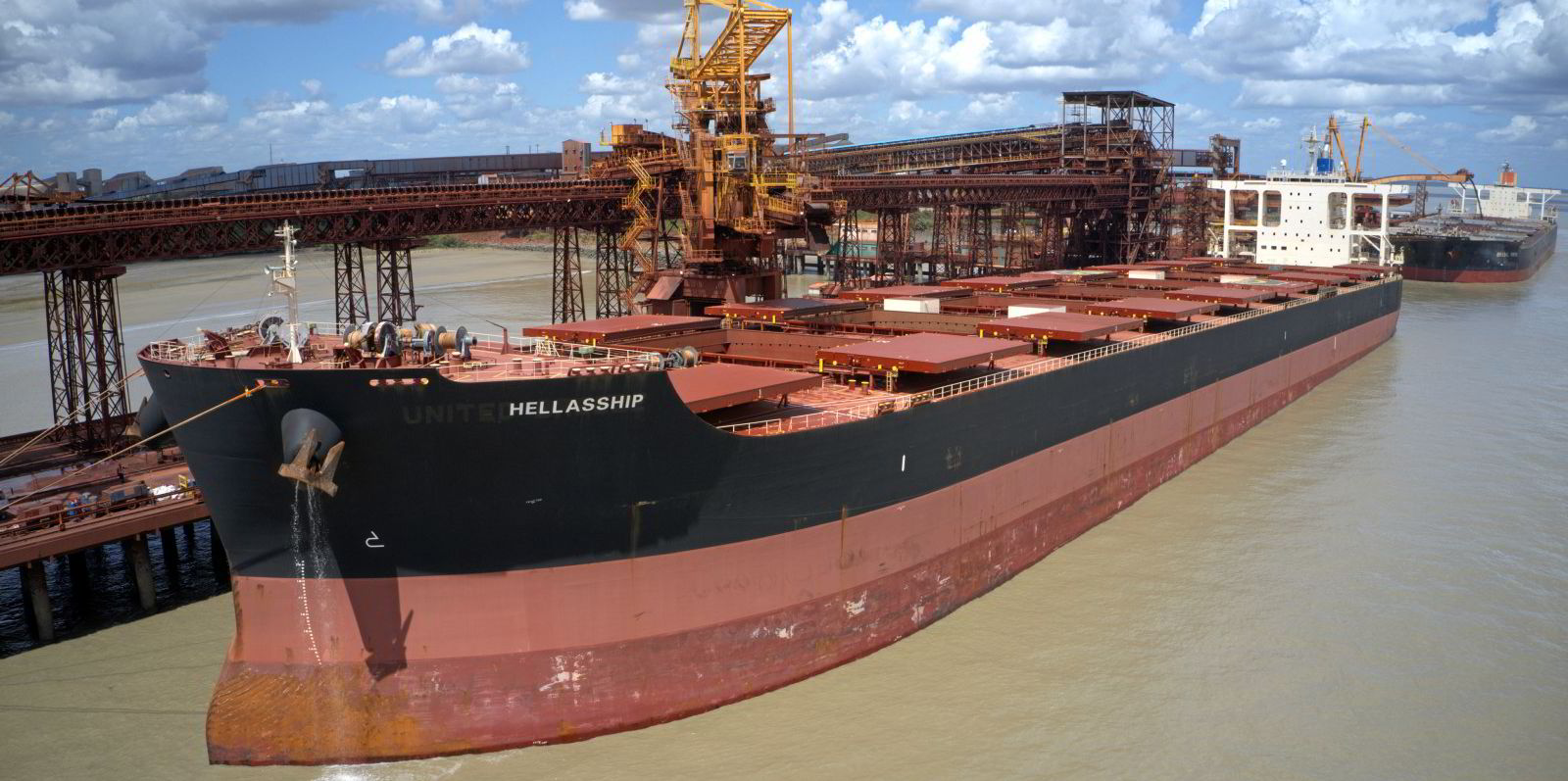Leading bulker company bosses believe their market is headed for a continued upturn led by the capesize segment, which has had a strong start to the year.
“The fundamentals are extremely strong. And then you have inefficiencies, which right now are adding,” said Lars Christian Skarsgard, chief executive of Belships.
Skarsgard took part in a panel at the DNB Energy & Shipping Conference in Oslo, which shared the positive market outlook, with Panama Canal and Red Sea disruption and port inefficiencies helping drive rates up.
“I think we are gonna see the full effect of those inefficiencies in the month to come. It is gonna help tremendously tonne-miles for the industry,” said Christos Begleris co-chief financial officer at Star Bulk Carriers.
The low orderbook will support the markets long term, according to the panel.
“It is an extremely compelling supply side story,” Skarsgard said.
Herman Billung, chief executive of Himalaya Shipping, said: “You have fantastic visibility on the supply side. It is a supply story, I am not so worried about demand growth.”
Busy shipyards and high newbuildings prices have contributed to a limited orderbook.
“It will be very difficult to build that market to death anytime soon, which we in this industry are traditionally good at,” said Lars-Christian Svensen, chief executive of Golden Ocean.
“The whole propulsion story is very much valid. Some are ordering dual-fuel LNG, others are ordering ammonia and methanol.

“While others prefer to enjoy what we already have until there is a technology that we see, there is commercial scale [for] going forward,” Svensen said.
“People will hold on to their vessels as long as they can at this peak of the cycle. I don’t think you will see a rush to the scrapyards,” Svensen said.
Zero cover
But the low rate of scrapping will not have a big effect on the market, the panellists agreed.
Skarsgard said: “Historically you don’t see scrapping when rates are in super-profit territory. You can take the supply side and even take zero scrapping and it still looks good.”
At this stage of the cycle, it can be more profitable to keep vessels in the spot market, the panel said.
“We’re focusing on low cash breakeven to be able, like we did in Q1, to have zero cover going into Q1. We believed that the market was going to be strong. We were able to tilt the whole fleet in the spot market to fully capture it,” Svensen said.
“That’s a strategy we’re quite comfortable with. And we will continue with it going forward,” Svensen said.
Magnus Halvorsen, chief executive of 2020 Bulkers, said: “We’re gonna have all our vessels on spot from 1 April or on floating index-linked. I think that’s where we want to keep it now.”
The panel had different views on vessel values in the bulker segments.
TradeWinds has reported that Star Bulk recently sold the 175,100-dwt capesize Star Audrey (built 2011).
Star Bulk’s Begleris said: “In this market, we will not be buyers of secondhand vessels with cash. Average values are way above the historical average prices.
‘Asset values too low’
“In shipping, it is so important to be able to buy with cash at low prices.
“So in this market, we’re taking the opportunity to maybe divest the least energy-efficient vessels of the fleet. We have done this in the last month and feel good about it.”
Oslo-listed Belships owns ultramax and supramax vessels.
“With the change of the interest rate curve last year, I would argue that they are still low today,” Skarsgard said.
“Barring a recession and some increase in interest rates, I think asset values are too low today.
“Three things dictate that. It’s the rates themselves, the newbuildings costs and interest rates,” he said.








